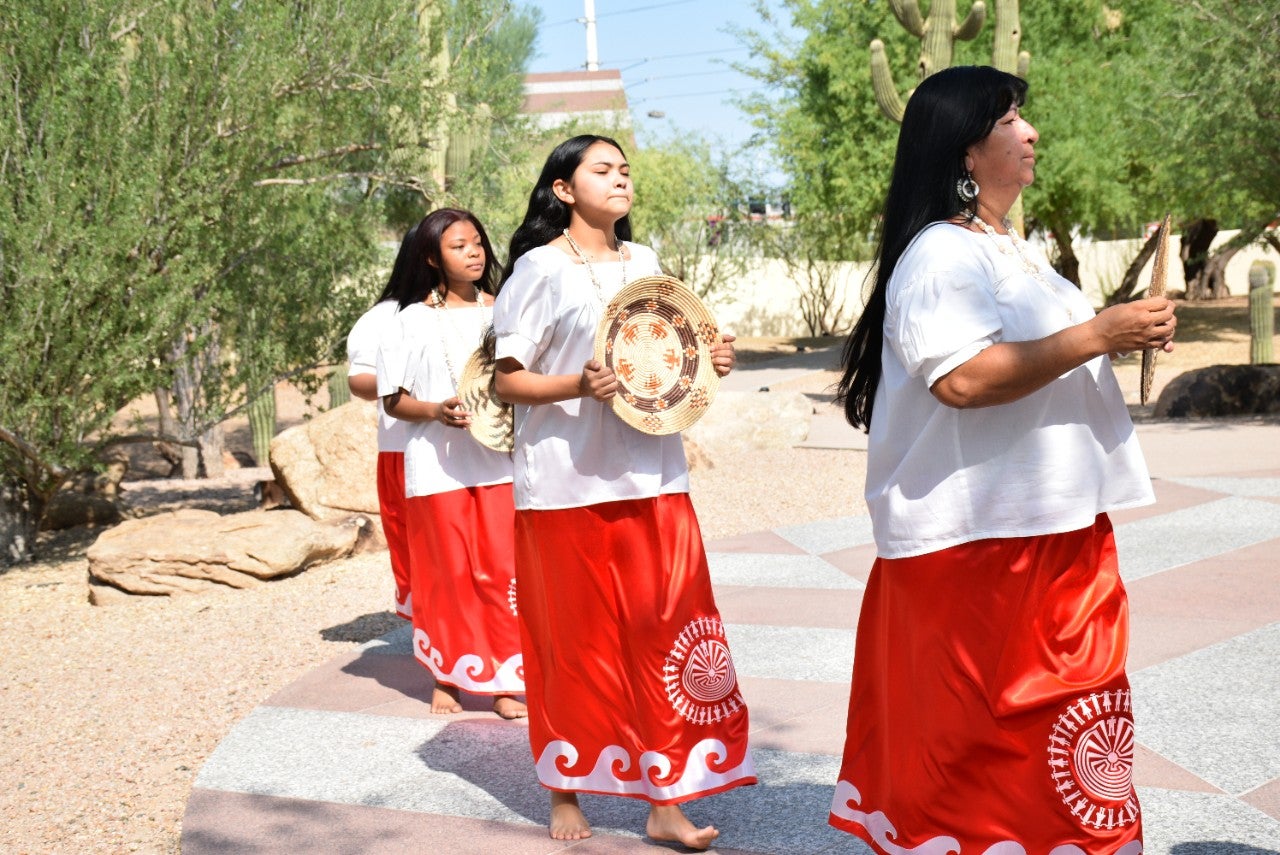Learn all about Phoenix's city parks and find a park near you.

Overview
The Phoenix Parks and Recreation Department builds healthy communities and makes the City a better place to live, visit, and play. We use “the Power of Parks” to promote health, wellness, conservation, and social equity by providing the community with opportunities to improve quality of life through access to local parks, recreation and cultural facilities, sports programming, and open spaces.
Popular Activities
-
Hiking and Trails
Phoenix has more than 41,000 acres of desert parks and mountain preserves and 200-plus miles of trails. Learn all about them and how to enjoy them safely.
-
Golf
Learn everything you need to know about golf courses in Phoenix.
-
Classes and Programs
Explore Phoenix Parks & Recreation classes and programs for all ages.
-
Pools
Find a Phoenix pool near you or sign up for swimming lessons.
Popular Recreation Spots
We offer residents and visitors more than 41,000 acres of desert parks and mountain preserve land with more than 200 miles of trails, 187 parks, 33 community and recreation centers, eight golf courses, and 29 pools where thousands cool off and learn to swim each summer. Start exploring by checking out some of our popular locations.
-

Papago Park
Just minutes from downtown Phoenix, Papago Park offers exceptional hiking and a wide array of recreational facilities.
-

Aguila 18 Golf Course
This Gary Panks links design course is set at the base of South Mountain with scenic mountain views. Three lakes come into play on five holes.
-

Cesar Chavez Community Center
Cesar Chavez Community Center offers summer camps and classes for all ages.
-

Encanto Park
Encanto Park boasts 222-acres of lush oasis located in the heart of the city.
-

South Mountain Park/Preserve
South Mountain Park/Preserve consists of three mountain ranges - the Ma Ha Tauk, Gila and Guadalupe.

Land Acknowledgement Statement
The Parks and Recreation Department acknowledges the City of Phoenix is located within Native Land. Read the department's commitment to respecting Ancestral Indigenous Communities.

FitPHX
FitPHX is a citywide initiative dedicated to improving health and wellness in the region and making Phoenix one of the healthiest cities in the nation. Watch a virtual class now or register for free, weekly community-based fitness classes.

Your Voice Matters
Have a say in the future of Phoenix parks! Provide your feedback on changes you’d like to see in your neighborhood park or community center by participating in the Parks Master Plan.

Events
Contact the Parks and Recreation Department
General inquiries: 602-262-6862
Email: receptionist.pks@phoenix.gov


